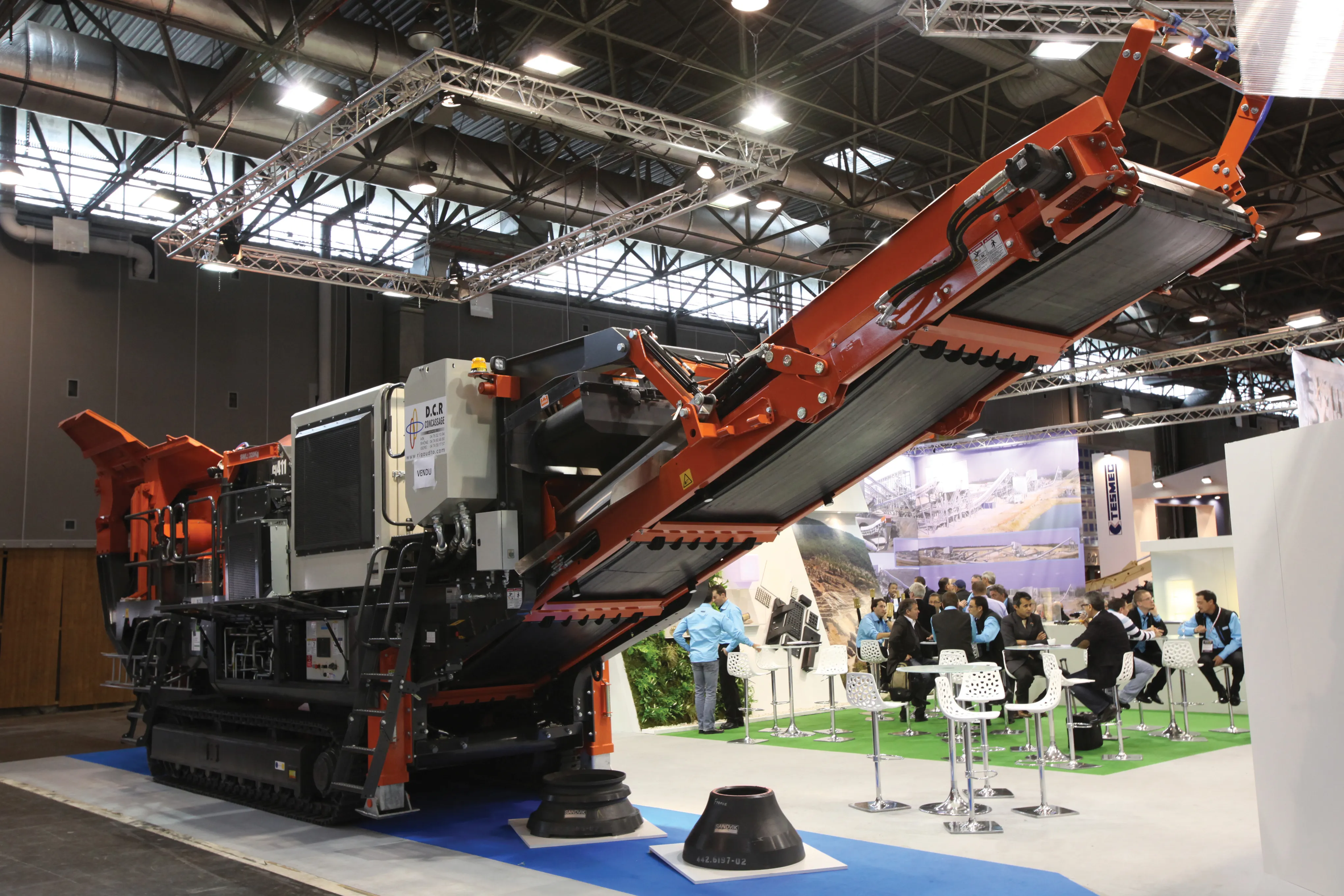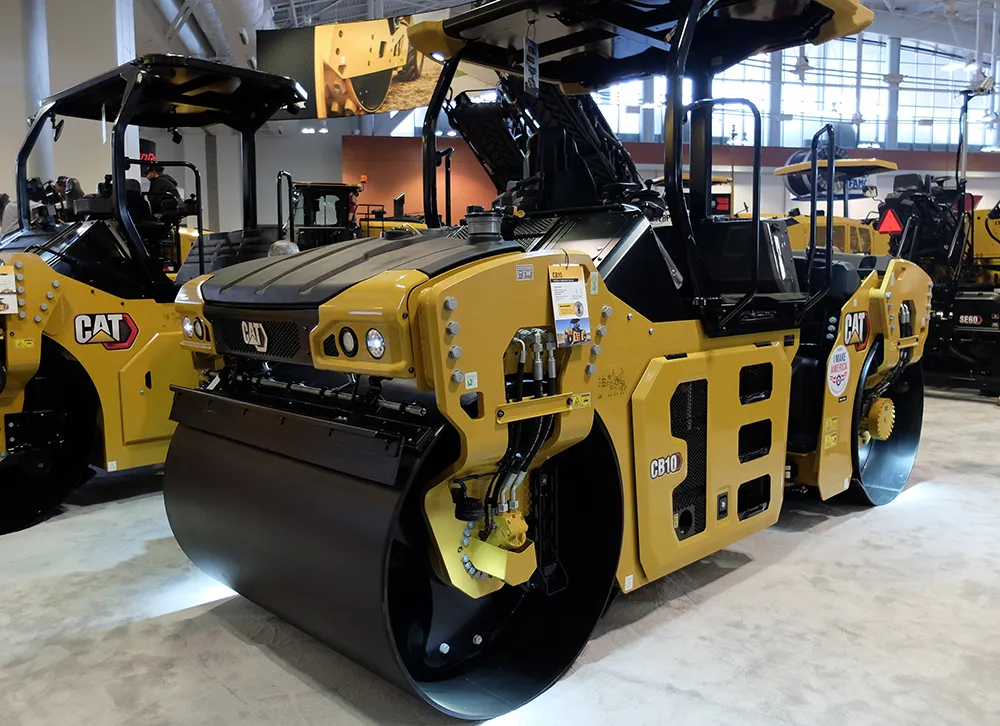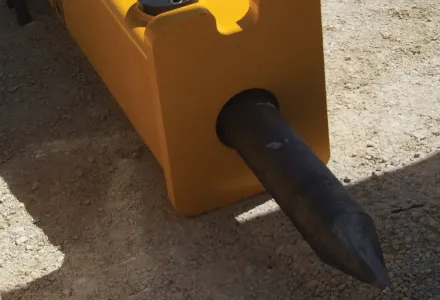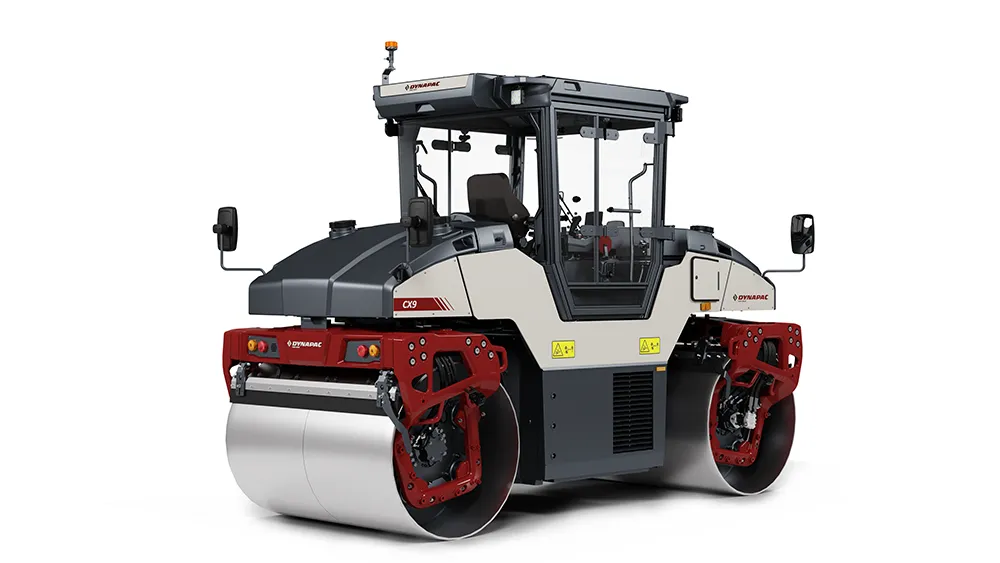Chicago Pneumatic is offering a new range of hydraulic compactor attachments. The firm’s RC range is said to offer increased performance over the models being replaced. The new line-up includes five models for use on carriers with an operating weight of 1-40 tonnes. The units are said to feature robust construction along with high performance and efficiency, as well as easy maintenance. These attachments are designed for use in demanding applications such as slope and trench compaction, or preparation for p
January 6, 2017
Read time: 2 mins
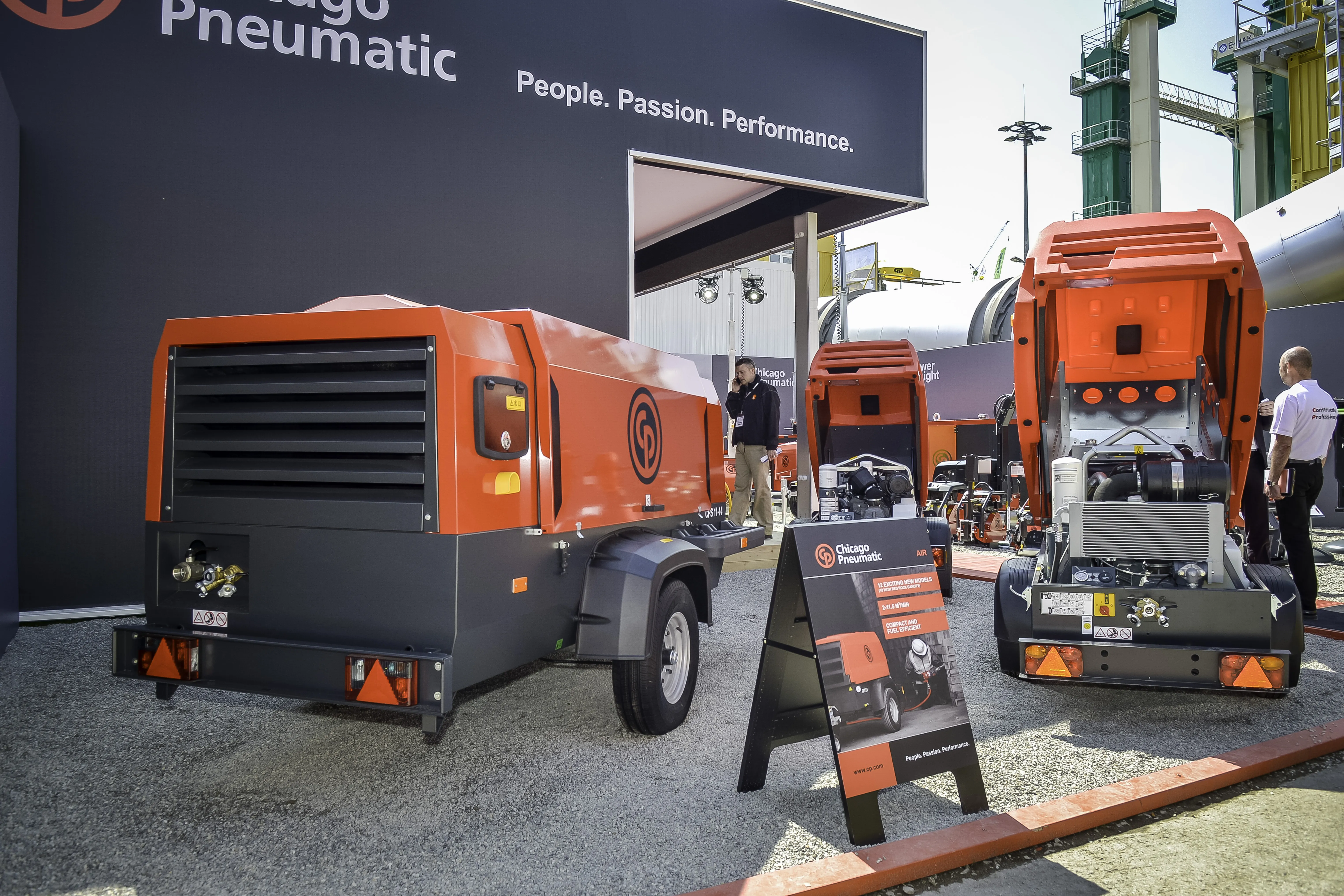
Chicago Pneumatic says that the units are built to deliver maximum uptime and minimum downtime as well as being durable, long-lasting and simple to maintain.
All the models in the RC range are designed for rapid fitting onto a carrier and do not require any special installation procedures. The units are said to combine high compaction frequency with high vibrating forces. To reduce stress on the compactor and carrier during operation, the housing is offset by 15%. This provides better force distribution across the plate, in addition to lower rates of wear and tear.
Meanwhile integrated flow rate and pressure controls help ensure that the hydraulic compactors are protected against hydraulic overload situations. This maximises operator safety and saves time when switching the compactors between different carriers. Low maintenance needs are claimed with an oil bath around the shaft bearing to deliver greasing, while Chicago Pneumatic’s AutoLube system eliminates the need for regular manual greasing.


